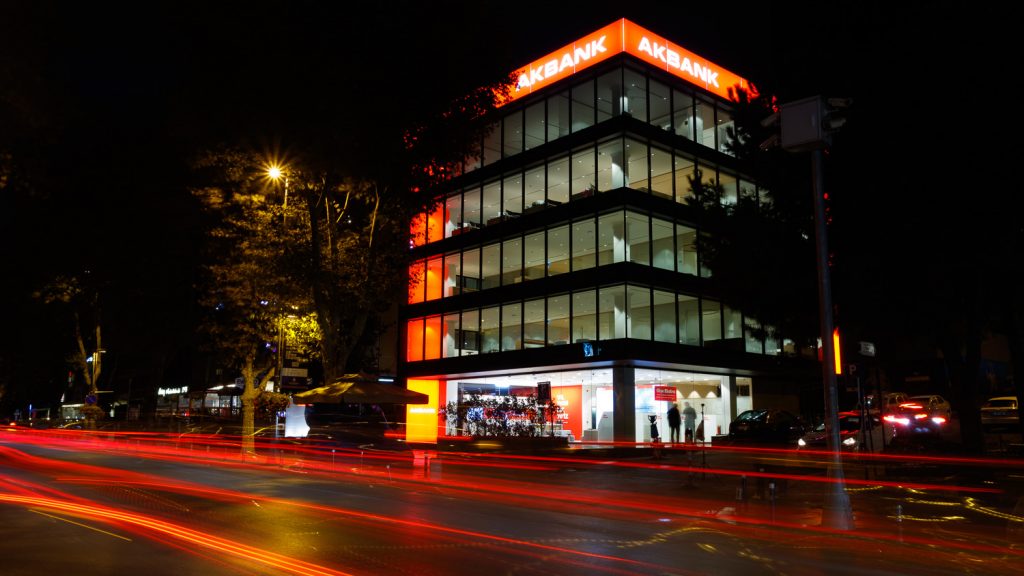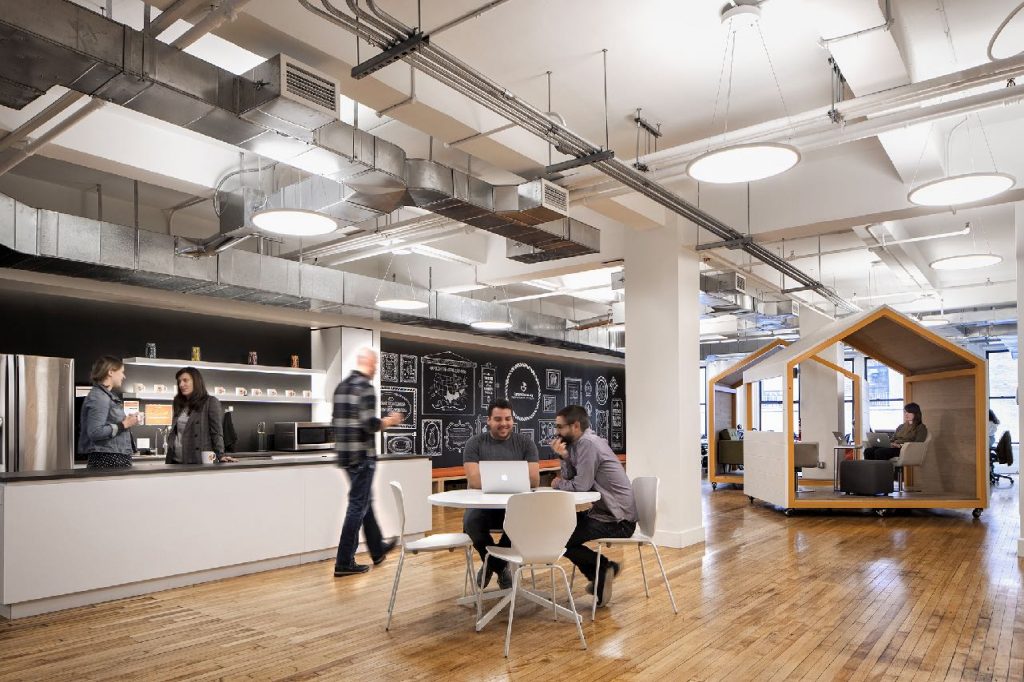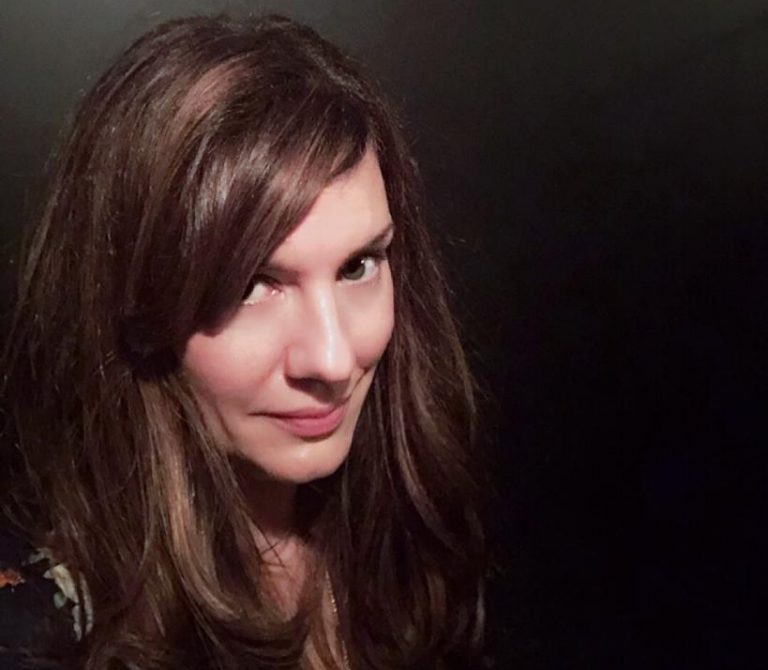You have worked in many different countries. Can you share your thoughts on/insights on working abroad as an architect? How was that experience, especially working with different clients with different expectations?
As traveling helps us understand more about people and different cultures apart from our own, architecture and design becomes a contributing factor to that experience as well. I found working and living abroad has helped me more not only as a person, but as a designer. I have learned living in different cities and working with different clients may include different expectations on projects and goals. I learned to listen more, as the way I learned may not always be the best solution. That to me, was the greatest difficulty– to allow myself to understand and also accept new expectations. Accept change, accept new expectations. It’s ok to be uncomfortable, because it will only make you stronger in the long run. We learn as we grow. And, the more we learn the greater we become. Different construction methods helped me understand alternatives as to how things may become built that are more efficient, including ways we can work together to make something work. Client expectations are always different, whether or not they are from the same country. But, different cultures have different social and business norms that have given me a greater sense of expectations and have abled me to work more effectively. I find the more we can familiarize ourselves with living and working in different cultures and societies, we are then able to easily adapt to what may not be familiar and can only makes us stronger and able to propose solutions in the future that may have not been known to us previously.
Many architects are willing to get projects and jobs abroad – what would your suggestions and advices be to them? What kind of a career route should they have in order to win business abroad or work in international architecture firms?
I believe the first and foremost piece of advice, is to be incredibly patient. What you may be used to in your respective city and/or culture, is not always the same in another; even if they speak the same language. My second piece of advice would be to read, read, and do more reading. Familiarizing oneself with the goings on in those particular places you may be interested in in obtaining work overseas. Know about the local government regulations, its markets, its currency, and where people are going. Find out what institutions are sponsoring events. Having a clear picture of the state of the state, so to speak, so then you can pinpoint and gather ideas that may become of interest to you–and embark on them. I also suggest learning different languages, studying its history, and again reading about its culture. Also, if one is a student, I would suggest applying for a job or internship in a city that may interest you, so you can become familiar with its people and the work environment. As a student I lived in England, France, and Italy, then after graduation I worked in London for a few years before graduate school. Attending summer classes at a University while working overseas, may help you obtain housing, or an apartment; which can help a great deal. Working overseas gave me a perspective to study and learn things I may have not been aware of, and then allowing myself to know if that is what interests me. It also gave me a plethora of knowledge to know differences in project town planning between local jurisdictions, to also becoming familiar with different construction methods and formats. If one is looking to work overseas as a present professional, I would look to the firms that interest you the most, and become familiar with what projects they are working on and who they are connected to: from trade professionals to educators to clients. My professors introduced me to firms overseas, and connecting with ones that may already have a connection to firms helps. As a professor, I also helped students connect with firms I had worked with overseas and/or with ones that I had come in contact with over the years. Find out on LinkedIn or social media, who may know whom, to obtain a connection. Keeping connected and in touch with former colleagues, professors, and classmates can greatly expand your network and also help connect with firms, as well as potential future clients. Even sending a handmade (drawing) holiday card/or email to former colleagues, professors, classmates greatly helps those remember you, as memory can serve us very well.
As far as we remember, you worked with Peter Moreno and worked on the Chanel Boutique design project. What was the experience like and were there any factors or moments that separate Peter Moreno from the other companies?
We’re sure you’re following up and staying up to date on what is going on architecture world globally. After this covid-19, which areas do you think architecture and design will be have more potential ? ( Like sectors, regions, projects, etc)
You worked on different projects with Eight Inc in Dubai, Turkey and USA. What were your experiences working in Middle East and Turkey? What would your advices be to architects willing to work in these regions?

While in Turkey, I worked on the Akbank flagship and new bank branches to adapt and evolve to be fit for the future.
These new branches designed with a holistic viewpoint–a new concept that humanizes the banking experience, by prioritizing seamless service, transparency, and empathy. The new branches have become a place people want to spend time in, and not just do their banking. We also designed new ATMs that integrate services beyond cash dispensing and balance checking–we gave back to the community, providing WiFi, benches to sit on, bike racks, and power outlets. The more we integrate the better the customer will remember and want to return in the future. We listened to the clients and provided even more services to help them. My advice to those wanting to work in the region, is to first familiarize yourself with history of the place, find out via social media its arts and architecture goings on: museums, artists, events, festivals, etc, then connect and be proactive to meet with them. Look into the trade companies, what are there events and happenings–which is a great place to connect and network with other architects and designers, artists, product designers, furniture designers etc. Also, search the local universities, find out what lectures and events that may be going on, meet the professors and ask to sit in on design presentations. Look into the local art and architecture websites, the particular art/ designer work spaces, such as Kolektif House, that have events and lectures and meet people. Everyone speaks English, and the people of Turkey are extremely warm, generous, and hospitable. Turkey is a wonderful place, for once you start a conversation, I am certain you will find things that you may not have known existed and were even possible. I always recommend, that even a path of research or investigation may not at first provide what you are looking for, it may then provide you with something else that may lead you to other exciting paths of information or knowledge. Accept change and accept unfamiliar territory. Be patient and welcoming to new experiences and expectations. And, one of the most important things I have learned, is that you can travel anywhere, but once you get a chance to live in a new city and work, is when your experience and learning of that place becomes priceless.

The national charity, DonorsChoose.org, needed a place that would motivate the staff.
Drawing influences from an iconic schoolhouse
aesthetic, the design takes the tools and forms
typically found in educational spaces and reinterprets
them for the modern office.


Comments are closed.